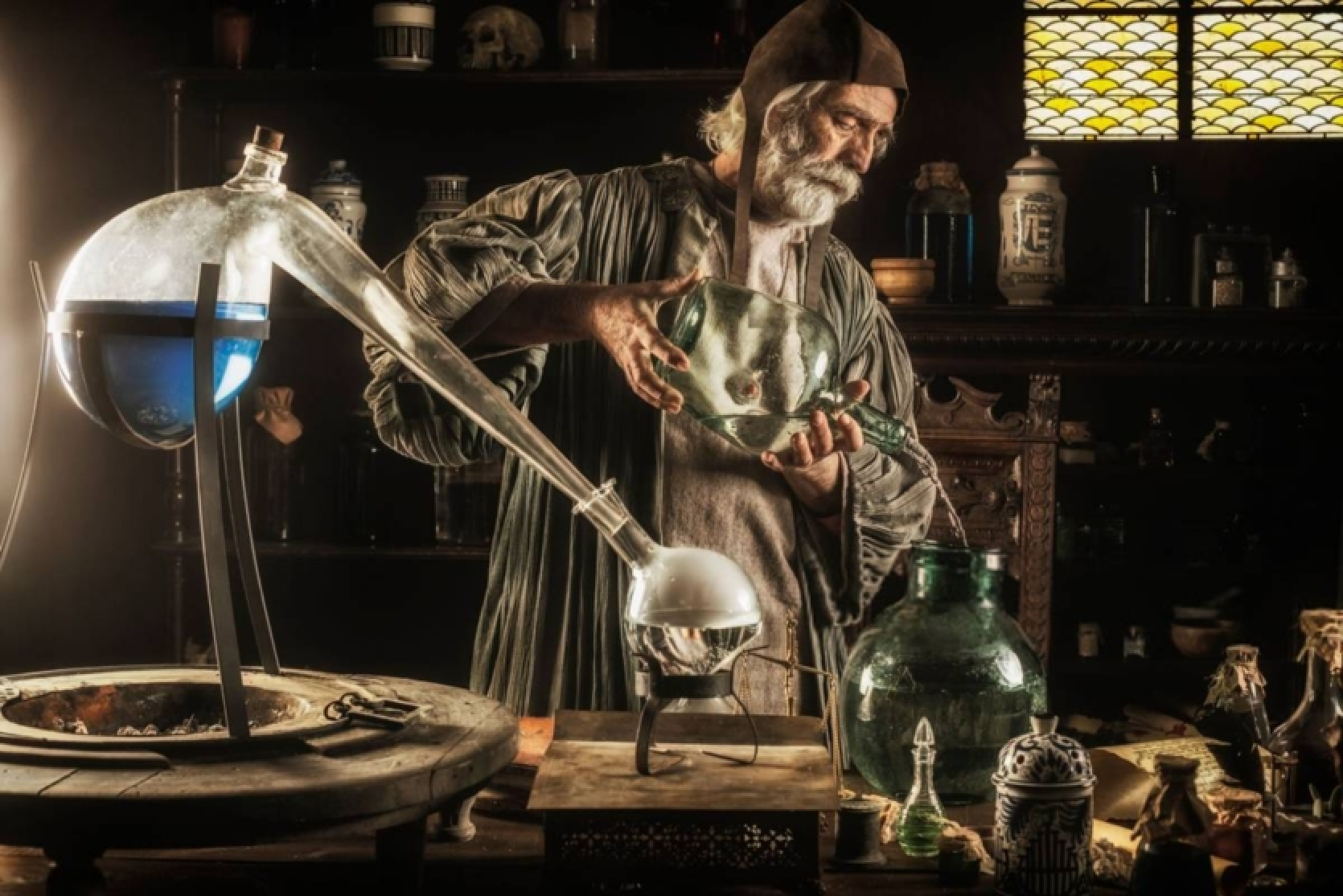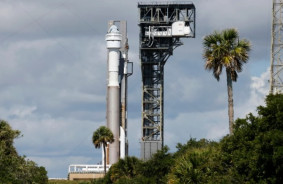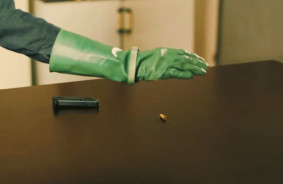Archaeological excavations have uncovered traces of tungsten in the laboratory of Danish astronomer Tycho Brahe, even though this element was officially discovered only in the 18th century.
Tycho Brahe, renowned primarily as a remarkable 16th-century astronomer, made significant contributions to the advancement of science. He greatly improved the accuracy of observations of stars and planets, compiled tables of visible distortions of celestial bodies due to atmospheric refraction, described a supernova explosion in the constellation Cassiopeia, and demonstrated the extraterrestrial origin of comets.
However, Brahe also engaged in astrology and alchemy. In 1576, Danish King Frederick II granted him the island of Hven in the Øresund Strait, where the Uraniborg residence was built. This structure combined an observatory, alchemical laboratory, and housing for the scientist's family.
During excavations in 1988-1990 in the garden of Uraniborg, archaeologists found several ceramic and glass fragments. Chemist Kaare Lund Rasmussen from the University of Southern Denmark and historian Poul Grinder-Hansen from the National Museum of Denmark studied five of these fragments. The results of their work were published in the journal Heritage Science.
The scientists discovered traces of nickel, copper, zinc, tin, antimony, tungsten, gold, mercury, and lead on the fragments. The presence of most of these elements is not surprising, as alchemists often used gold and mercury in their experiments. However, the presence of tungsten was unexpected.
“The discovery of tungsten in Tycho Brahe's laboratory is indeed an astonishing finding. This element was officially discovered only in 1781 when Swedish chemist Carl Wilhelm Scheele isolated it in pure form,” noted Kaare Lund Rasmussen.
There are several hypotheses regarding the origin of tungsten in Brahe's laboratory. It is possible that the element arrived there through certain minerals used by the alchemist. Another theory relates to the description by the German mineralogist Georgius Agricola of a peculiar substance in tin ore from Saxony, which he called "wolfram" (from the German "Wolf Rahm" meaning "wolf's froth").
Source: Miragenews














Comments (0)
There are no comments for now